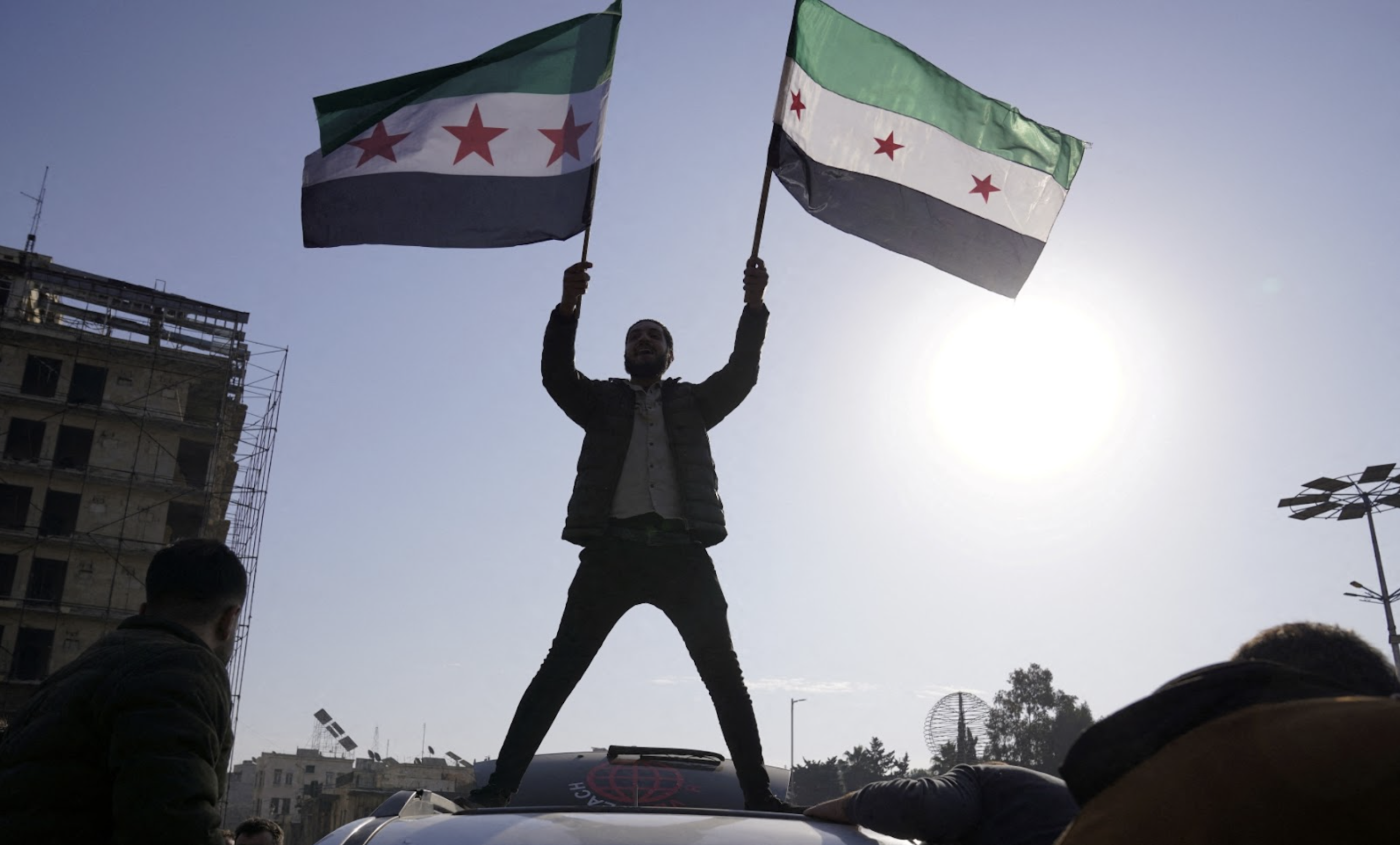Following the collapse of Syria’s Bashar al-Assad regime in 2024, a network of alliances has entered a phase of volatility and instability. Iran’s Axis of Resistance is disempowered and destructured, Hezbollah finds itself in its most critical position since the Lebanese Civil War in 1975, and Russian military bases are no longer secure sites to exercise Russian military might in the Middle East.
How did these three international actors get so deeply entrenched in their alliances with al-Assad’s Syria?
It begins with Iran’s Axis of Resistance, an informal military network of state and non-state militant groups unanimous in their opposition to Israel and the United States. Backed by Iran and the Iranian Revolutionary Guard Corps (IRGC), the axis comprises Hezbollah in Lebanon, Hamas and the Palestinian Islamic Jihad (PIJ) in the Gaza Strip and the West Bank, as well as Houthi forces in Yemen and certain militias in Iraq. Bashar al-Assad’s Syria was a critical member of the Axis until its collapse in 2024.
Syria’s role in the Axis was not only strategic—improving operational strength by providing access to the Mediterranean Sea and facilitating the mobility of the IRGC to Lebanon alongside the transfer of weapons, resources, and troops from Iran to Lebanon’s Hezbollah—but also symbolic. Under Bashar al-Assad’s father, President Hafez al-Assad, Syria was the first Arab country to recognize the Islamic government in Tehran after the 1979 revolution. Ali Akbar Velayati, a key adviser to Iran’s Supreme Leader Ayatollah Ali Khamenei, once stated that Assad’s Syria was “the golden ring of the resistance chain in the region.”
With the collapse of Bashar al-Assad’s regime, Iran’s Axis of Resistance lost its golden ring. The loss of Syria has deprived Iran’s Axis of Resistance of a lucrative geopolitical tool which threatens the cohesion, logistics and effectiveness of the coalition. Simultaneously, this puts Lebanon’s Hezbollah in a critical position.
Hezbollah is widely known as the world’s most powerful sub-state actor. However, the combination of their latest military engagement with Israel, ideological hubris and lack of strategy autonomy have led to decisive defeat. This has been exacerbated by the collapse of Assad’s regime, which rendered resources, weapons, and personnel from Iran immobile. It also created the possibility of a Sunni insurgency against Shiite Hezbollah in Lebanon, due to the Sunni Islamist militant group Hayat Tahrir al-Sham (HTS) which now controls significant portions of Syria. With HTS gaining influence across the border, there is widespread concern that it would inspire or directly support a Sunni insurgency against Hezbollah.
Like any strategic actor quick to employ an opportunistic realpolitik, the United States has used this vulnerability to intensify pressure on Hezbollah to disarm. Deputy US Special Envoy to the Middle East Morgana Ortagus told a Lebanese broadcaster during a visit to the country on April 6 that, “It’s clear that Hezbollah has to be disarmed.” She also called for reforms to paralyze the cash economy on which Hezbollah currently operates..
This brings us to the status of Russia’s alliance with Syria. Russia’s support for Assad has been unwavering since 2015. It played a critical role in preventing Assad’s regime from collapse. Since then, Moscow has entrenched itself as a key power broker in Syria, exerting influence over military operations, intelligence networks, and decision-making processes by cultivating loyalty among senior officers and embedding advisors within key institutions.
The fall of Bashar al-Assad has weakened Russia’s strategic role in the Middle East. In the past, both Turkey and Israel had to coordinate military actions in Syria with Russia in order to target either the Kurdish population or Iranian forces. However, with the Russian monolithic obstruction severely weakened, this coordination would no longer be necessary for Turkish or Israeli action. Russia also had key strategic sites in Syria—namely its naval facility in Tartus and its air base in Khmeimim—which provided logistical support for its operations in Africa, including in Libya, the Sahel states, and Sudan. Those sites have now fallen to the new rebel forces of the Hayat Tahrir al-Sham. The collapse of Bashar al-Assad’s regime also weakened Russian credibility by proving it was unable to defend its ally, contrasting from its success in preserving Bashar al-Assad’s regime in the Syrian Civil War between 2015 and 2017.
The Middle East remains host to the most volatile politics in the global landscape. It is a region where the line between tension and turmoil is razor-thin. The immense destructive potential inherent in mishandling foreign policy necessitates profound delicacy—a single miscalculation could unravel the existing balance. International actors operate under the constant weight of a security dilemma, navigating a high-stakes chessboard where mistrust runs deep and alliances are fragile. The collapse of even one pillar threatens to set off a chain reaction with consequences echoing far beyond the region’s borders.
Other posts that may interest you:
Discover more from The Sundial Press
Subscribe to get the latest posts sent to your email.





